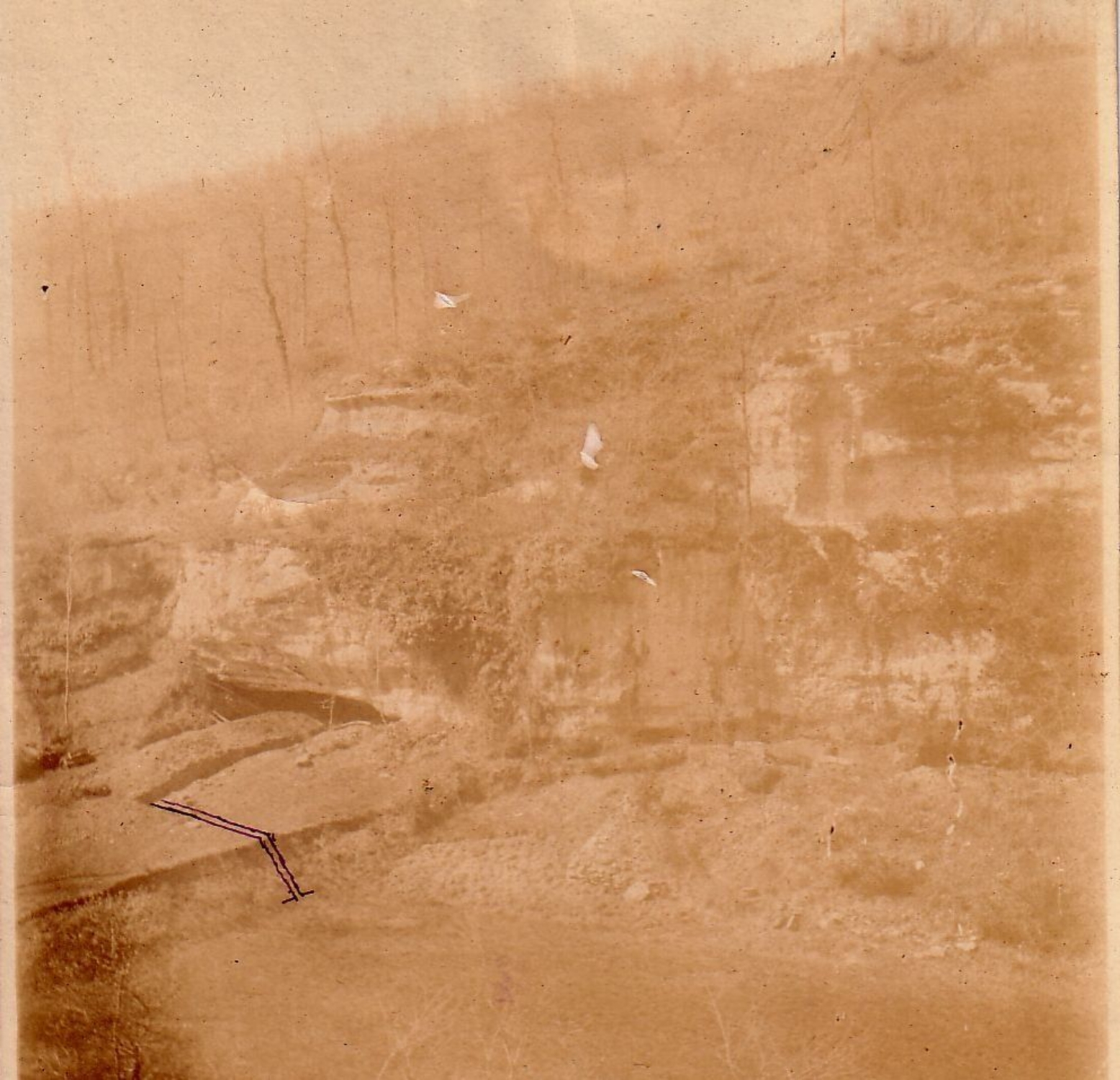
- Home
- Three Sculptured French Shelters
- Context
Introduction
The Reverdit Shelter (Sergeac, Dordogne) is part of an astounding concentration of Palaeolithic sites in the Vézère Valley, now part of UNESCO's World Heritage List. It is found in the Castel-Merle valley in the midst of a unique archaeological ensemble. This small valley contains no fewer than eleven Palaeolithic sites, most of them decorated, occupation of which extends from the Neanderthals (80,000 years BP) to the final Ice Age hunter-gatherers (8,000 years BP).
History
Alain Reverdit discovered the site in 1878, and apparently emptied out most of the shelter. From 1911 to 1914, Franck Delage extended the excavations to the embankment in front in the form of two trenches. In the mid-1980s, Danielle Robin and Alain Roussot carried out a sondage of the southern end of the shelter and established a new stratigraphic cross-section. The site was recently the subject of a new global study that addressed both the archaeological material (Delage and Robin-Roussot excavations) and the wall art.


